Education as Diplomacy: China Builds Bridges Through University Collaboration
Amid Geopolitical Tensions, China Pursues Grassroots Academic Partnerships
As China accelerates its ambition to become a global education powerhouse by 2035, it is actively expanding international academic partnerships through strategic outreach and collaboration. A key component of this strategy involves strengthening ties with foreign institutions, particularly in science, engineering, and transnational education. According to the British Council, China is prioritising both “bringing in” world-class educational resources and “going global” by promoting its institutions abroad through joint programmes and faculty exchanges. In 2023 alone, Chinese universities produced over 740,000 research publications, with nearly 20% involving international co-authorship, underscoring the country’s growing academic footprint.
In this context, Cal Poly Pomona’s International Centre recently hosted a 30-member high-ranking delegation from the China Association for Non-Government Education (CANGE). Held on 17 June and coordinated by Cal Poly Pomona’s Global Campus, part of the College of Professional and Global Education (CPGE), the visit marked a significant step towards deepening collaboration with China’s non-government universities and advancing shared goals in global education.
The delegation included representatives from 18 Chinese universities, comprising 13 presidents and 8 vice presidents. University officials noted that the event reflected Cal Poly Pomona’s commitment to global engagement and its practical “Learn by Doing” philosophy. The visit commenced with a campus tour of key academic and student-life facilities, followed by a welcome address from Larisa Preiser-Houy, Interim Dean of CPGE, who emphasised the university’s global vision and the vital role of private institutions in international education.
Preiser-Houy described the visit as an honour for Cal Poly Pomona and extended gratitude to President Bai Wenhui of Shandong Vocational and Technical University of International Studies for leading the delegation. She highlighted the shared commitment to student success and academic collaboration. During the visit, Cal Poly Pomona’s Global Campus team, led by Assistant Vice President and Senior International Officer Lisa Xue, delivered a presentation outlining the university’s academic strengths, experiential learning model, and its role within the California State University system. Xue affirmed that the visit demonstrated Cal Poly Pomona’s dedication to global citizenship and knowledge exchange, expressing enthusiasm for future collaborations. Officials also noted that 150 Chinese students enrolled at the university during the 2024–2025 academic year, with 66 participating in summer programmes.
As part of the visit, delegates and university leaders engaged in a panel discussion titled “New Ideas and Opportunities of International Cooperation in Higher Education between China and the U.S.” Moderated by Arthur Wang, the panel featured academic leaders from various Cal Poly Pomona colleges, including Andrew Ketsdever, Meihua Koo, Eddie Mao, and Bruce Brown. Provost Terri Gomez also addressed the delegation, reaffirming the university’s commitment to international partnerships and describing the visit as a valuable opportunity for mutual learning.
The visit concluded with a collaborative roundtable, where faculty from civil engineering, business administration, and technology and operations management explored ways to strengthen institutional ties with the Chinese delegation. A ceremonial gift exchange and group photograph symbolised the shared hope for a lasting partnership. President Bai Wenhui expressed optimism about future cooperation, noting that the visit aligned with the delegation’s goals to expand partnerships and diversify academic offerings. He expressed confidence that such collaborations would support student development and enrich academic diversity across China’s 800 universities. The visit stands as a meaningful step towards fostering enduring academic ties between China and the United States.
Editor’s Note:
China’s recent academic outreach, like the delegation to Cal Poly Pomona, is part of a bigger plan to strengthen its global role in higher education. These visits aren’t just polite exchanges; they are serious efforts to build long-term partnerships and show that Chinese universities can contribute meaningfully to global research and learning. Ideally, such collaborations help promote shared knowledge, cultural understanding, and academic growth in today’s connected world. But this is happening at a time when international studies are becoming more complicated. Chinese students going abroad, especially to the U.S. and other Western countries, are facing more visa hurdles, political tensions, and, in some cases, discrimination. These challenges raise concerns not only for students’ safety and comfort but also for the future of international academic exchange. By working through non-government institutions and associations, China may be finding a new way to continue partnerships, one that is less political and more people-focused. This grassroots approach can help maintain trust and cooperation even when official relations are tense.
Skoobuzz notes that China’s continued efforts to insulate academic partnerships from global political friction reflect a deliberate strategy to keep international education accessible, collaborative, and future-ready for its students.







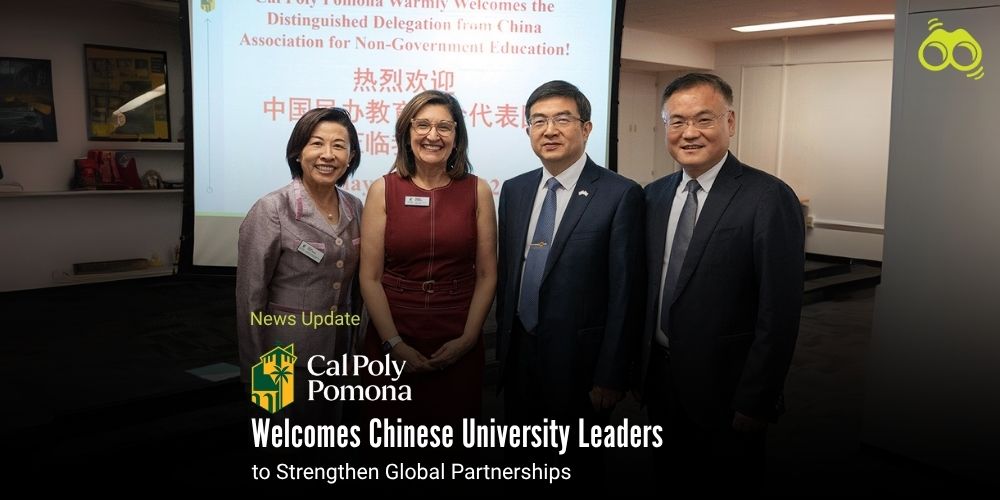
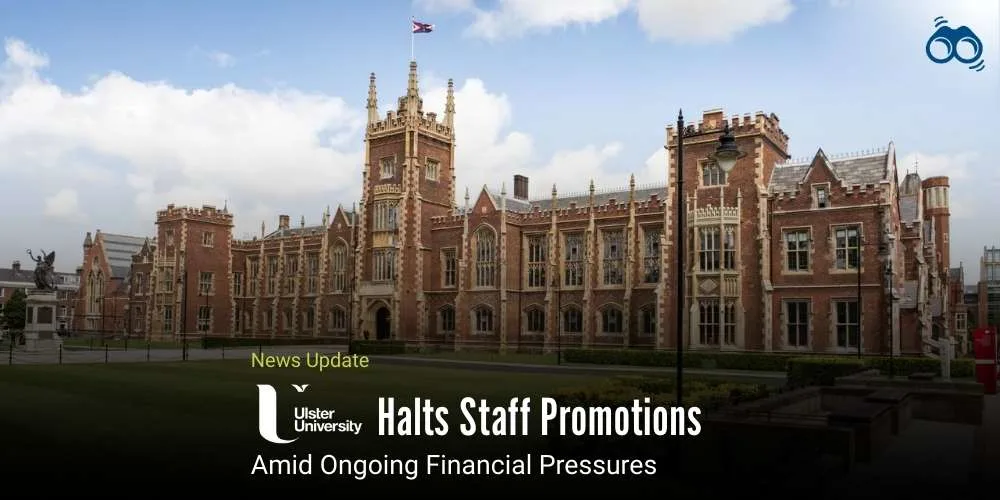
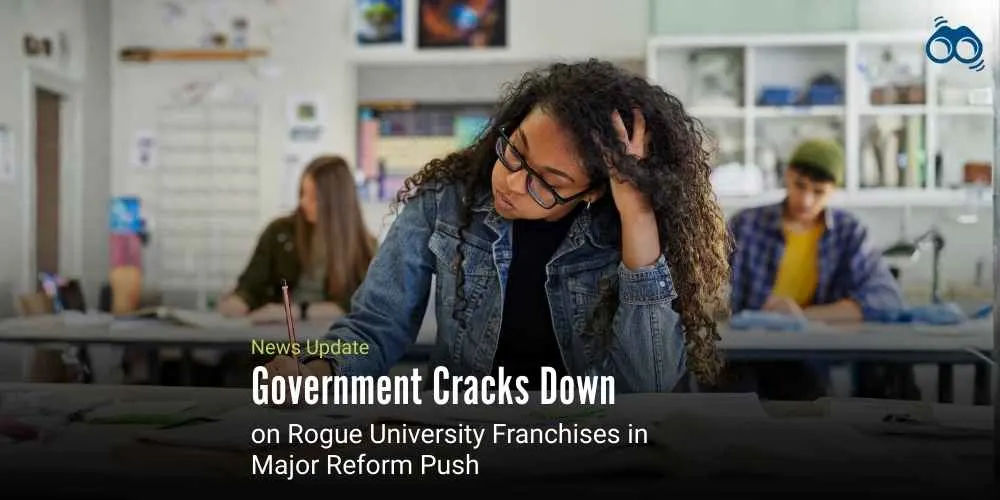
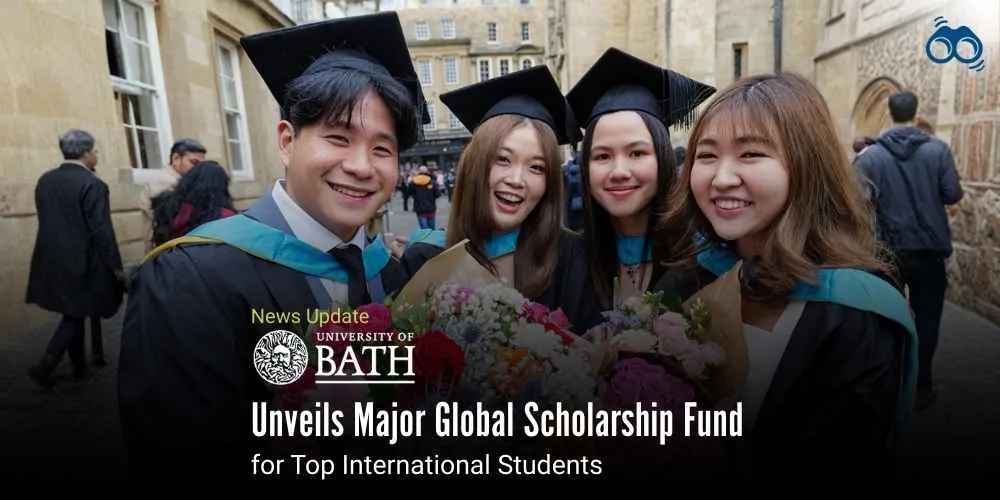
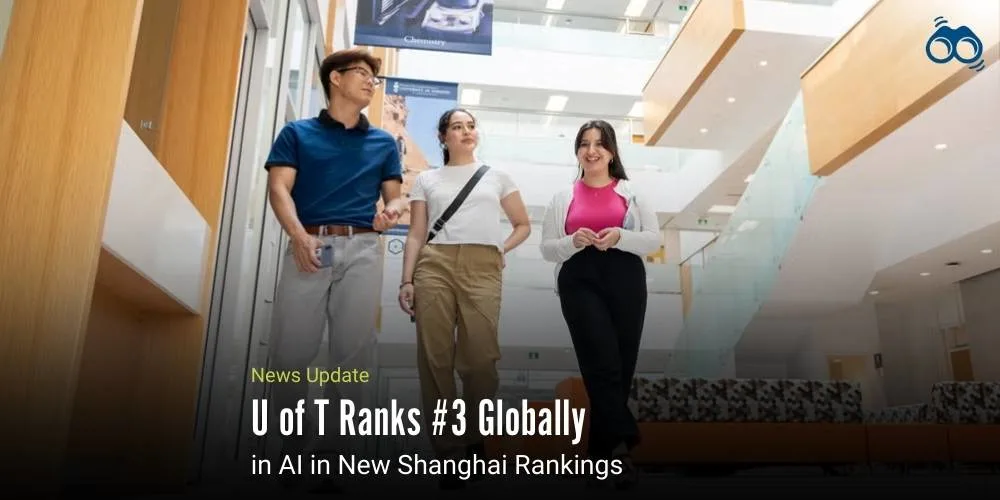
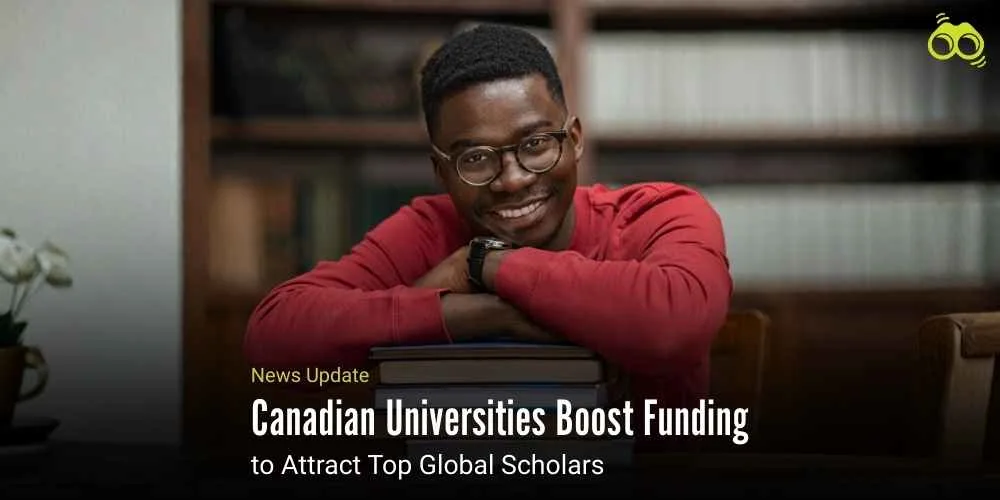

0 Comments (Please Login To Continue)